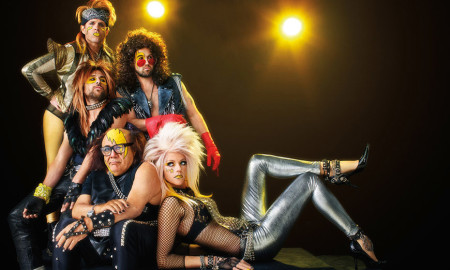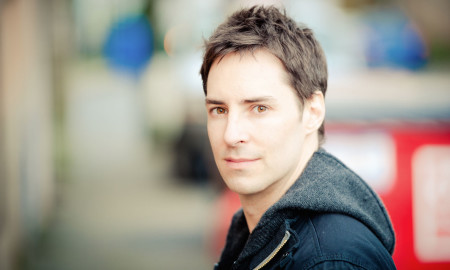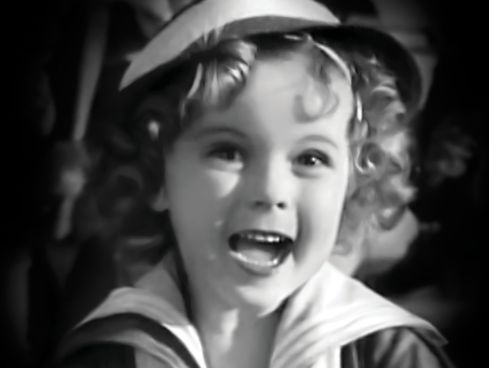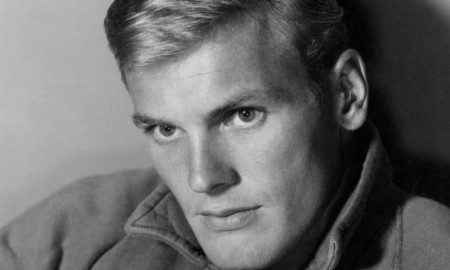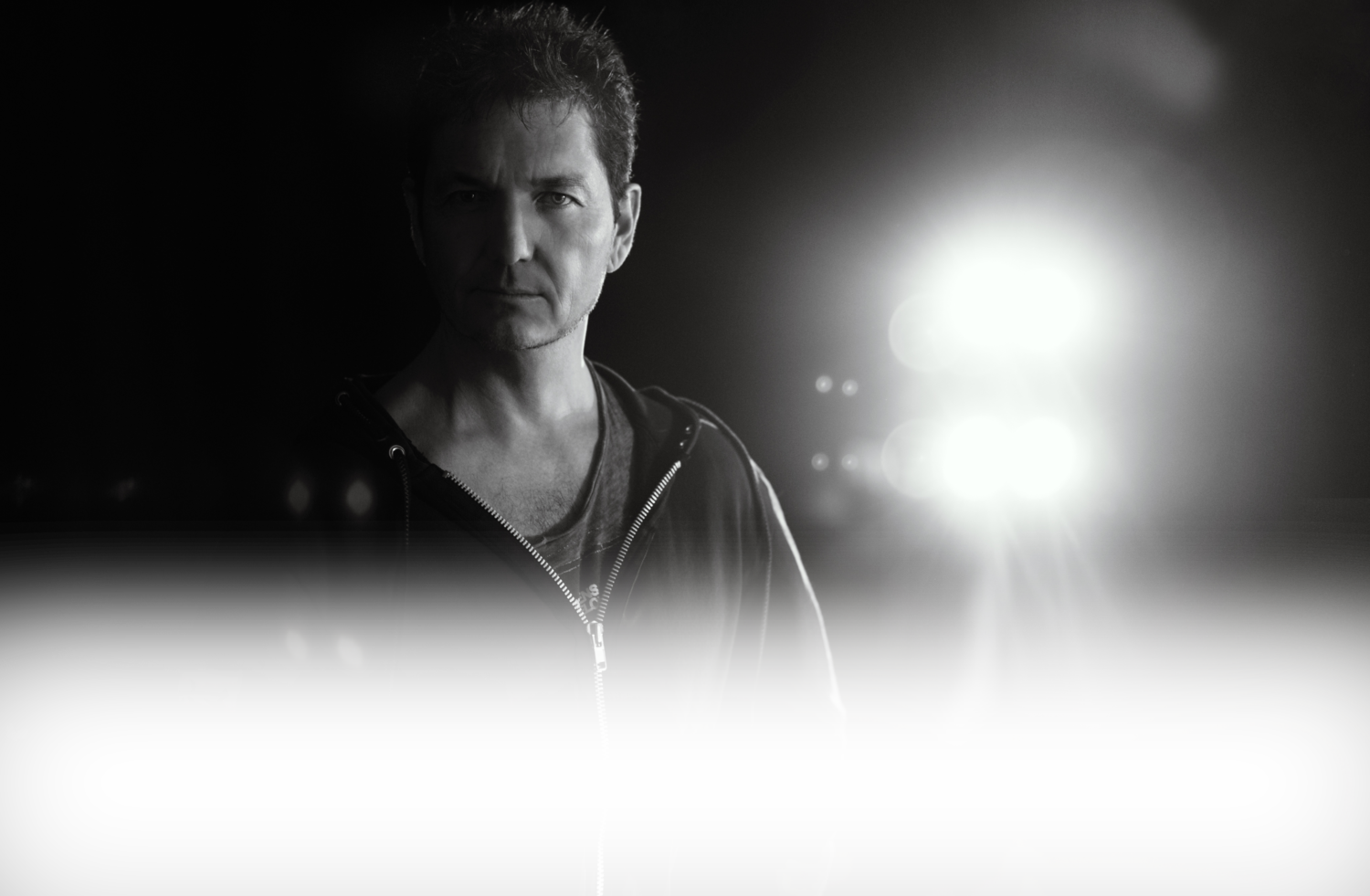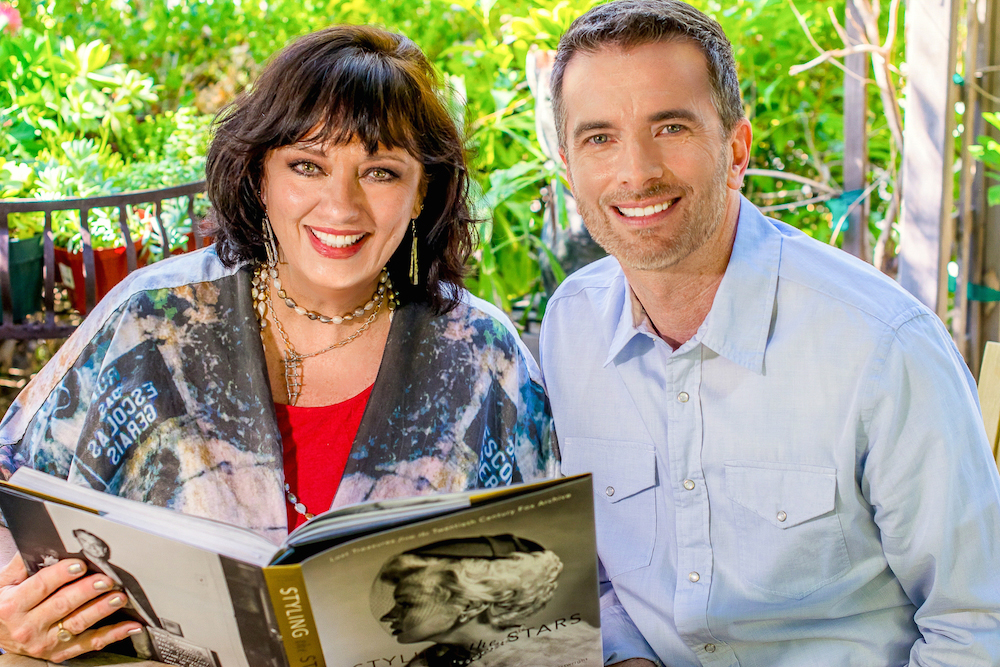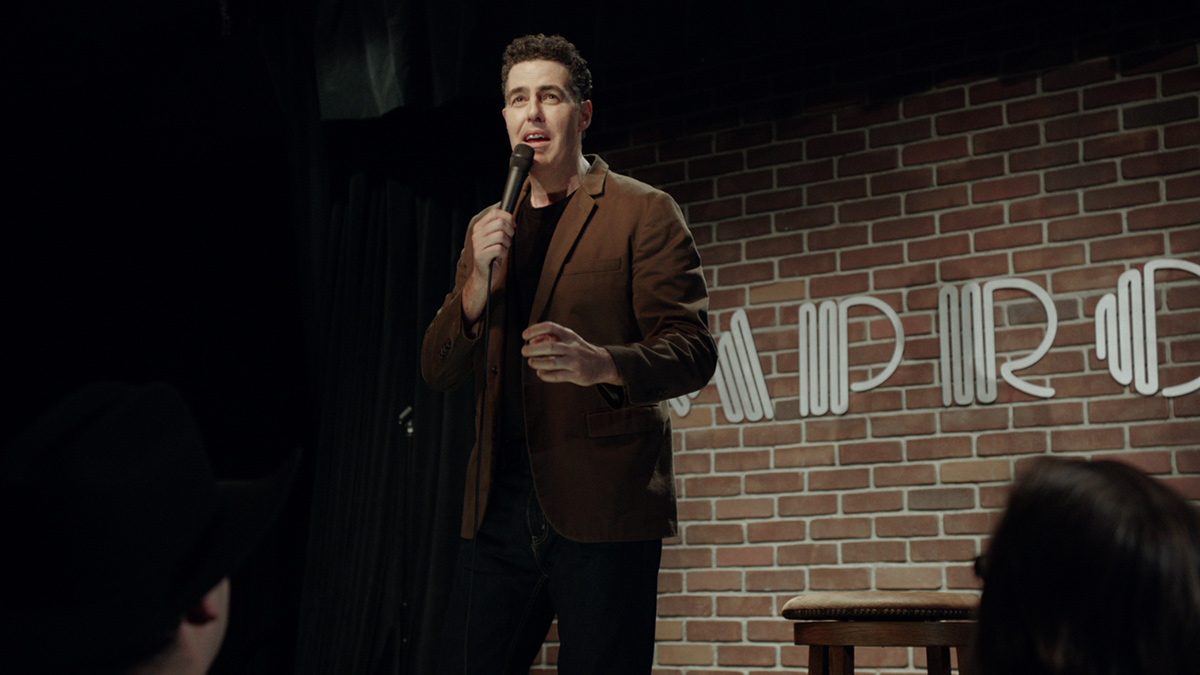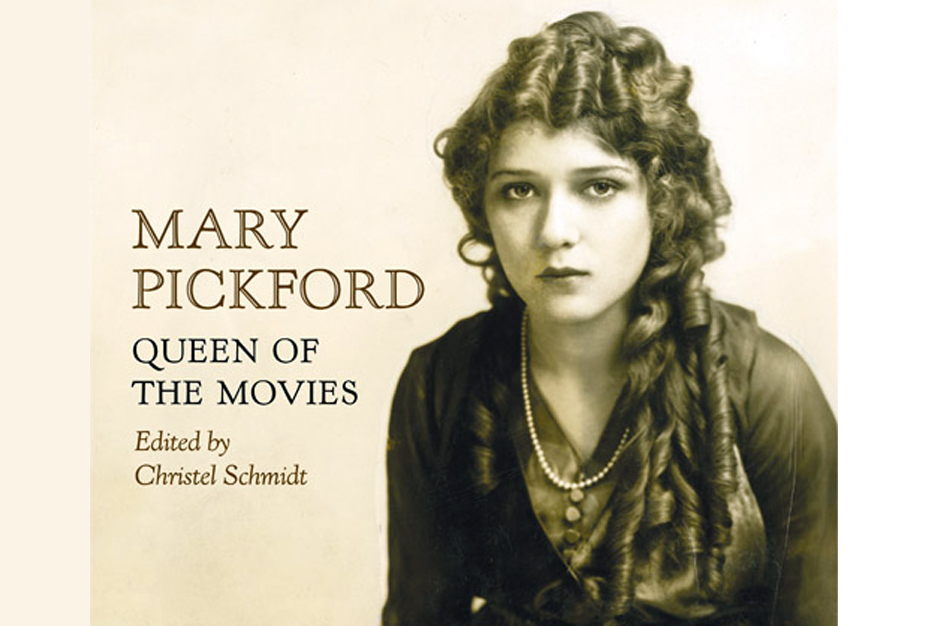

Ahead of her time, this actor/producer understood the power of movies before the menfolk could squash her dreams.
Mary Pickford was the Madonna of her day. Hell, let’s throw in Lady Gaga and Angelina Jolie to boot. Yep, all three of them equal Mary Pickford.
During her heyday in the silent film era, she gave Charlie Chaplin a waddle for his money, and formed a powerful movie studio (United Artists!) when most women of her background were scrubbing long johns on a washboard.
Pickford was considered the first movie star, when most film actors barely even got credited onscreen for their work. She drew locust-like crowds everywhere she went (a new phenom at the time), and demanded money that would make Oprah jealous.
When Pickford came along, films were considered vulgar and low-class entertainment for the unwashed masses. Sort of like online dating before it earned mass-respectability.
Pickford proved that film could be something more than a one-reeler in a street-corner nickelodeon. She fought for longer, more sophisticated stories, which appealed to middle-class audiences. She steered silent film away from the human puppet shows they at first appeared to be. It’s a formula that is still going strong today, kids.
She was the high tide that lifted all the boats. She made cinema an art form.
Check out some of her awesome work below. Amazingly, her silent work still makes a lot of noise today.
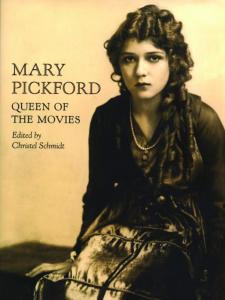 In her gorgeous new bio, film historian Christel Schmidt tells Pickford’s incredible story in words and pictures. It’s a coffee table book that’s highly caffeinated.
In her gorgeous new bio, film historian Christel Schmidt tells Pickford’s incredible story in words and pictures. It’s a coffee table book that’s highly caffeinated.
In this Modern interview, Christel tells us what made Pickford so powerful, and why the very thing she helped create was also her ruin.
Despite her legendary status and her pioneering achievements in cinema, Mary Pickford still has to be explained to the average person today.
I always have to start with who she was, and every time you start there, you never get too much further. I wanted to move the dialogue past who she was.
So let’s get past it. First, who was she?
She was a silent-film actress, a producer, and an occasional writer of movies. She was really a force to be reckoned with. She was a savvy businesswoman. In many ways, she is the mother of modern film acting. She was there way before many of the other [pioneers], and she helped build the film industry.
She sought respectability and money. She brought a middle-class audience. She pushed for cinema being an art form. She was a lot of things.
She was there at the very beginning of the movie industry, and held on (and in front) for an impossibly long time.
She started in 1909, which was very, very early. There was no Charlie Chaplin. There was no Douglas Fairbanks. No Lillian Gish. She was there when it was one-reelers and nickelodeons.
She was called Queen of the Movies in 1912, but at that time, it was a dubious distinction. Why?
It took a while for movies to be elevated. She saw herself as being a theater star. People thought of [movies] as a disposable entertainment.
How did she push the envelope in this new art form?
She really believed that movies could be more than what they were. She started pushing to have better scripts, better production values, better directors. She also pushed for movies to be shown in theaters, for middle-class, respectable people — the kind of theaters we think of now.
Her marriage and business partnership with actor Douglas Fairbanks was a merger of great force and power. How did it change her life and change the industry?
When she teamed up with Fairbanks, she was already an international superstar. Fairbanks was a big star and he was just beginning to dip his toe into the water.
They had a romantic relationship long before they got married in 1920. They had already formed United Artists together with Charlie Chaplin. This was just a continuation of the business savvy that she had.
She had an innate knack for business, money, and looking out for #1. How did a girl from such a humble background become such a master of the universe?
She was very smart about money, and this is pretty amazing, because this is a woman who had no formal education.
She was working from the time she was a little girl. It’s amazing that she had as much business savvy as she did.
She was able to renegotiate her contract where she got one of the largest salaries ever. No one [in the movie industry] had had that kind of power before. She became her own producer in 1916.
In two years, she was making $10,000 a week, when the average American was making about $750 a year.
She was pretty ballsy. She was no slouch. And I think she had little competition in that area. People didn’t expect actors to have that kind of knowledge. She set her mind on something since she was a little girl, and a lot of that was based on early family trauma. She just went after it and she didn’t let anything hold her back.
Of course, the death of silent movies and the advent of talking pictures marked the end of her astounding movie career. How did she handle it?
She was flawed, like anybody else. She had alcohol problems, and she had a grief about the way things turned out in her life. In a ten-year span, she lost [family members], her lover, and her career.
She had worked since she was seven-years old. It gave her a creative outlet. It was all gone, almost overnight. I think it was incredibly painful and I think it’s very hard to come back from certain things.
She was a very strong woman, but she thought she needed alcohol to move forward. There wasn’t anyone strong enough in her life, and she wasn’t strong enough to win that battle, ultimately.
What was her post-career life like?
She was never in another movie again. She wrote three books and an occasional article. She did a couple radio shows. She was involved in business affairs with United Artists in the 1950s. She was the last person to sell her stock. She never really found anything that she loved as much as she loved movies.
How would you describe her legacy?
If you look at her in 1909, even in that period, she is remarkable. Many people who were popular in one or two reelers did not go on to be popular in feature films.
She’s natural; she’s got charisma. She is a movie star. She is the greatest star that [producer D. W.] Griffith had.
There was a growth in the industry itself. Movies grew by leaps and bounds in a relatively short time. You have to be able to tell stories in a longer format. There are a lot of people on Saturday Night Live who are really funny in a three-minute sketch, but in a 90-minute movie, you can’t stand it.
She was able to make that initial jump to features because she was talented. The performances she gave were more natural, nuanced performances. That woman’s career lasted from 1909 to 1933. That’s an incredibly long time. Most performers were not able to make that jump. It really was a lot to transition into.
Buy Christel’s book here.
Collect Pickford’s work here.



